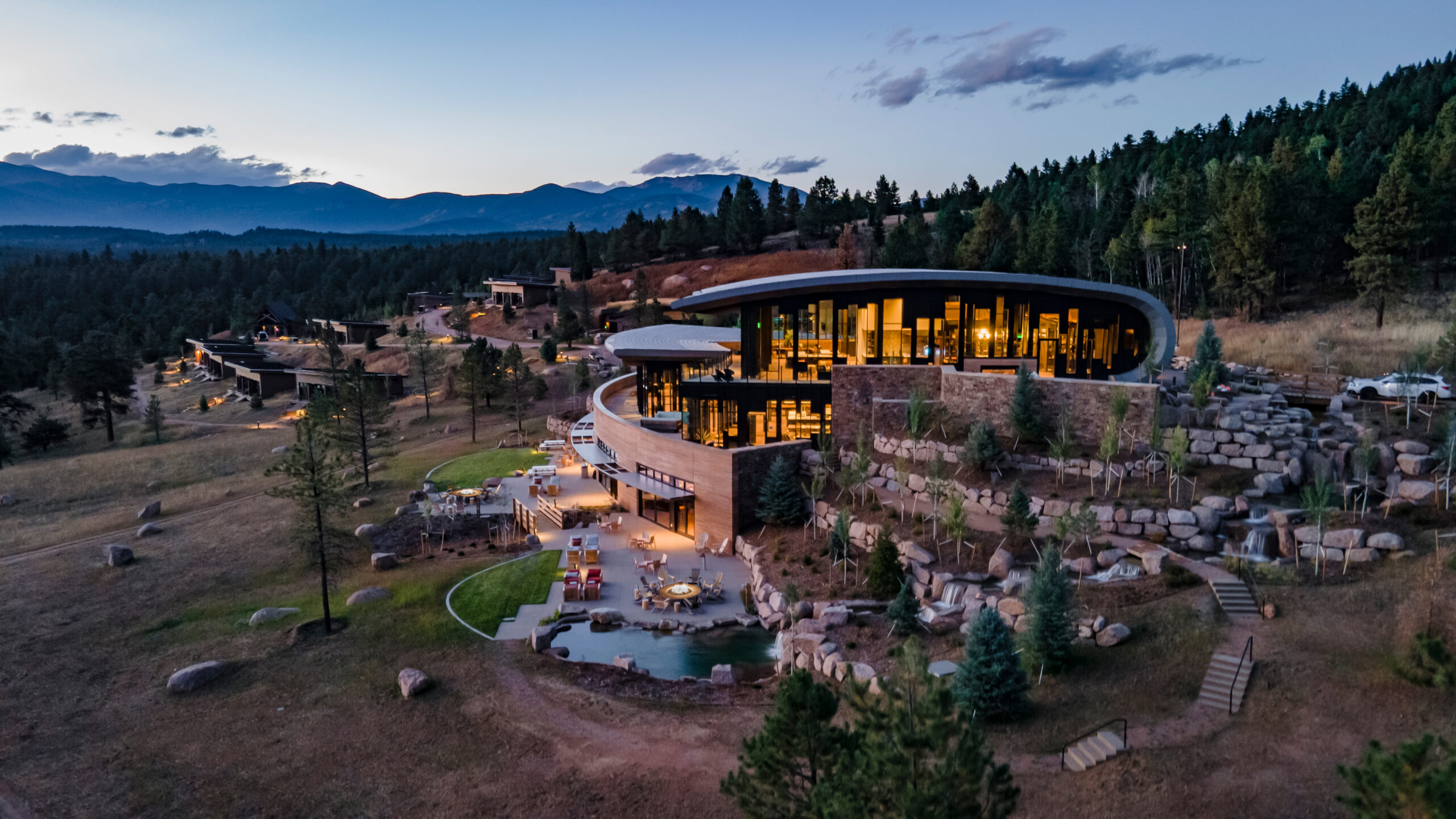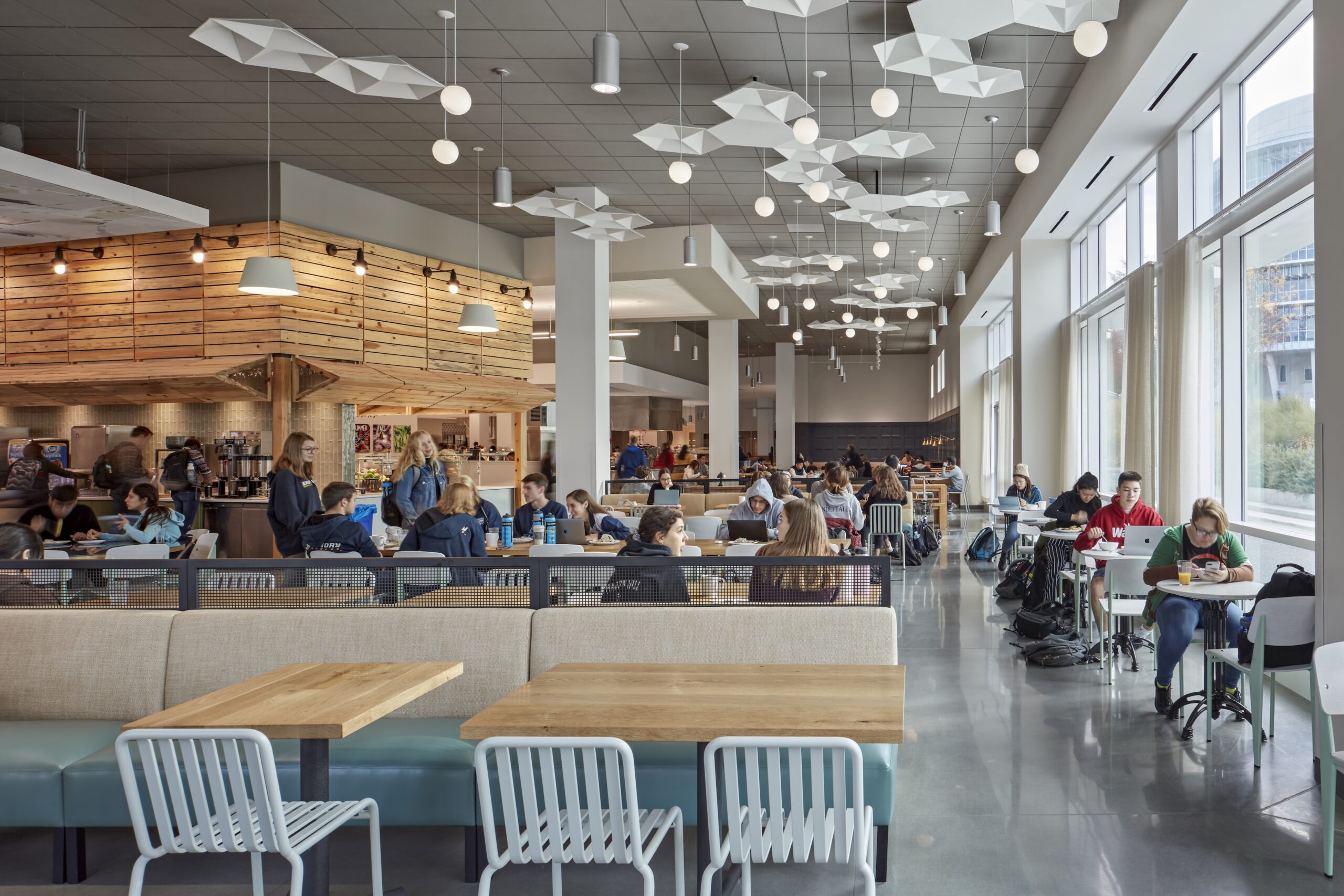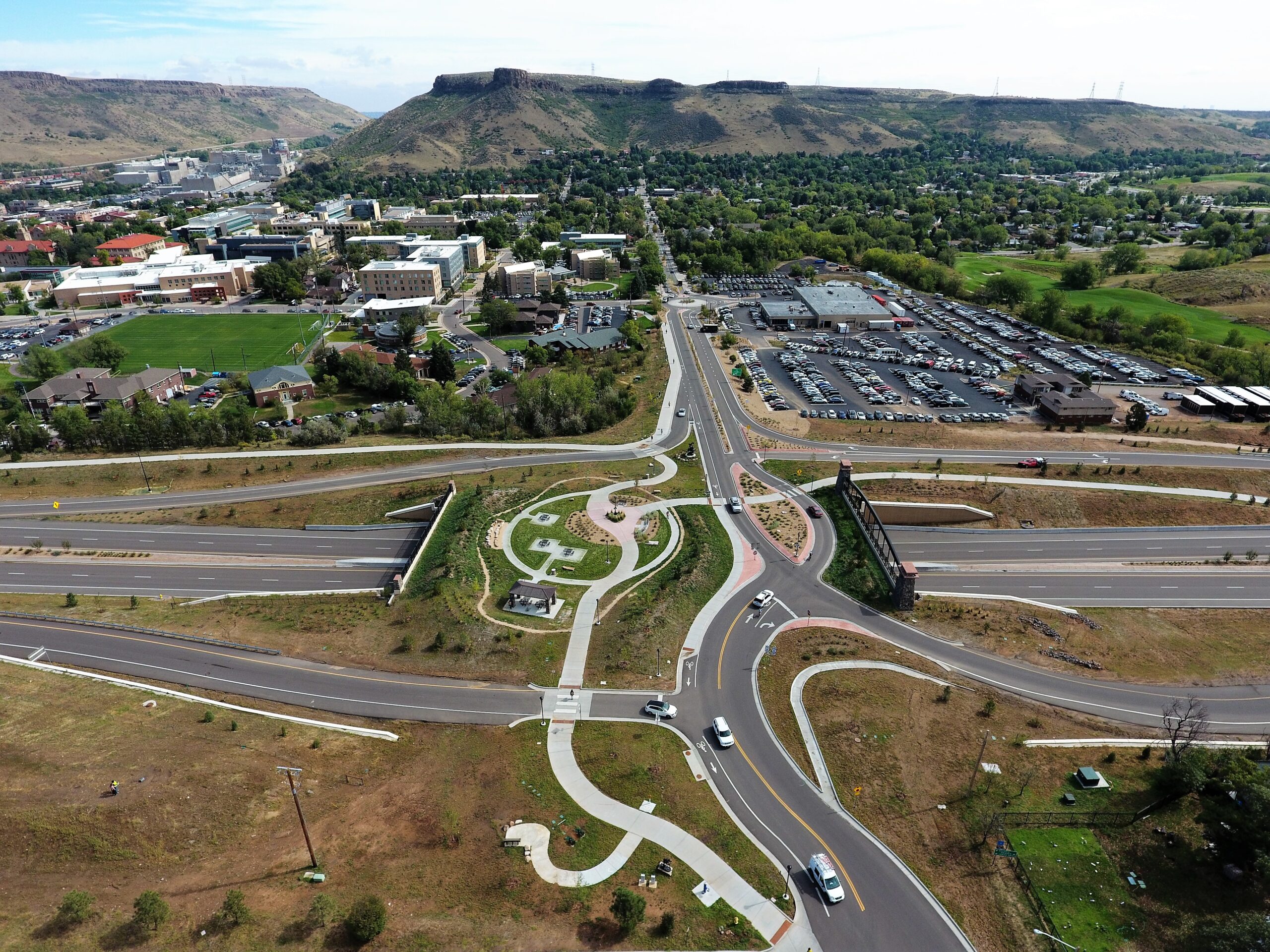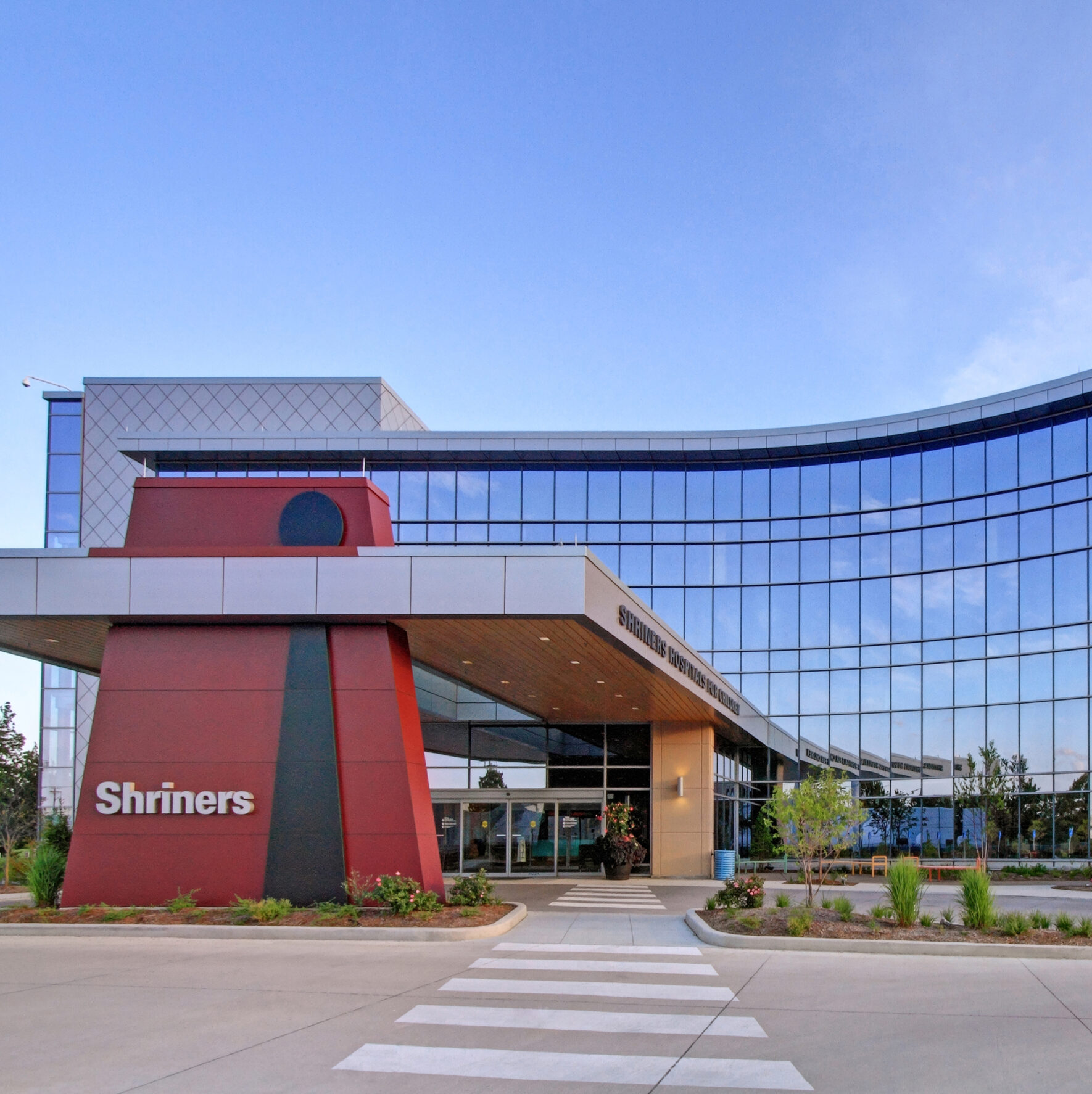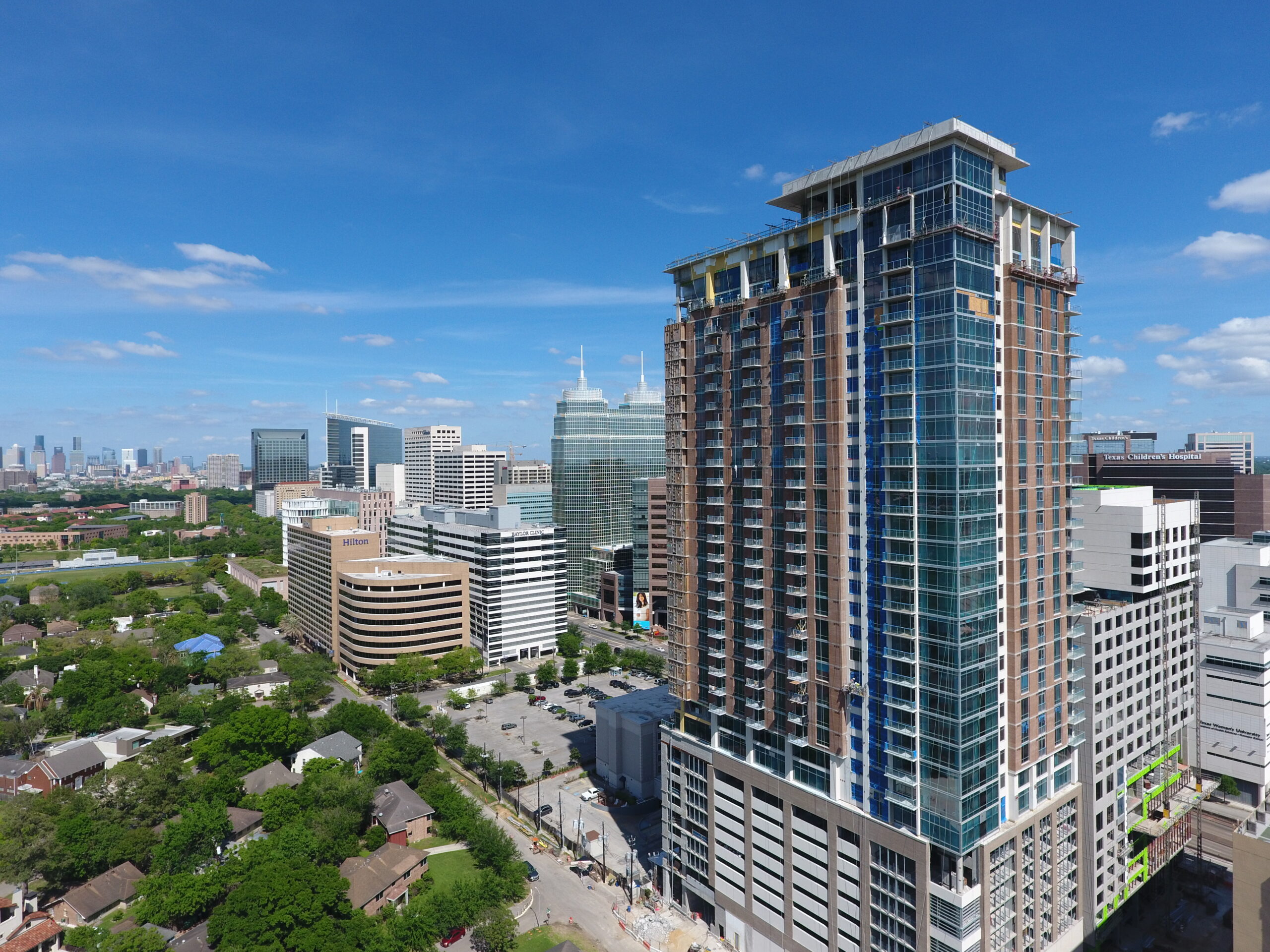Meet Ryan Biziorek, Acoustics and Audiovisual Practice Leader
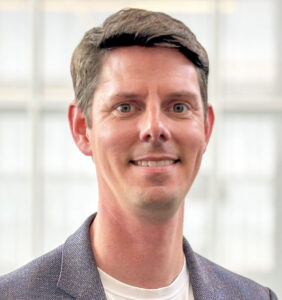
Ryan Biziorek has joined IMEG as Acoustics and Audiovisual Practice Leader. Leveraging his nearly 20 years of experience in acoustics and audiovisual technology design, Ryan brings a collaborative approach to design and project concepts that fuses the acoustic and audiovisual requirements of a space with the architectural design while delivering practical and innovative solutions that clearly implement results to meet the vision, budget, and schedule. He talks about his journey to IMEG, his goals, and what he enjoys in his off-hours in the following Q&A.
What are your responsibilities in your new role with IMEG?
I will help lead the acoustics discipline and grow it. I come with 19-plus years of experience from another global engineering consulting firm and have a lot of expertise in acoustics and audiovisual consulting across many market sectors and projects.
Acoustics is not like food, architecture, or color where you can touch, feel, taste, and see. It’s an invisible medium that has foundations of science at its core but is experiential. Everyone has tastes and preferences for their acoustic environment, but most struggle to communicate them because they don’t know the science, can’t point to a physical example, or haven’t engaged in a shared experience (e.g., passing a plate of food around to taste it). I think there’s a lot of opportunity for IMEG to engage with and educate owners and collaborators we work with about the aural environment, so they know there is an opportunity to further elevate their design and the user experience through sound.
How did you get interested in acoustics design?
I’ve always loved music—I play piano, trumpet, and guitar—but I’ve always liked science as well. During a visit at Kalamazoo College in Michigan when I was in high school, I heard about a student who did an internship in acoustical consulting, and it piqued my interest. I ended up attending Kalamazoo College as a physics major and helped create a sound recording class within the music department. Our instructor was a local recording engineer whose teaching approach was very hands-on in his recording studio facility. Each session we would “deep dive” into recording principles and techniques — focusing on the A-Z of miking a drum set, post-production and mixing, etc. I quickly learned how audiovisual and acoustics interact with the built environment.
Two college internships convinced me I wanted to pursue a career in acoustics. I moved to England to get a master’s degree at the University of Southampton Institute of Sound and Vibration Studies, then joined a global engineering consulting firm.
I really like working on projects in the built environment — I can point to it and say, “I contributed to this!” and then experience the acoustics of the building and the soundscape of the journey through it. I also really enjoy the process of collaborating with people, building trust, and bringing technical foundation to that engagement.
What do you want owners to know about acoustics?
The built environment is a human experience and how we shape and curate it is important. Our clients trust us to paint the picture they’re envisioning and help them achieve that goal. But acoustics are not always quantitative. There may be more “soft” benefits — overall satisfaction with the facility, productivity and wellbeing, or creating a collective experience. Successful communication of acoustics and curation of the sonic environment can help owners establish a benchmark that is known and brings “comfort” — using the food analogy, similar to your embedded memory of your favorite home-cooked meal or the enjoyment of a restaurant chain you frequent.
From a trend standpoint, there are opportunities in advancements that fuse audiovisual technologies and acoustic spaces. We’ve been seeing an investment in new immersive experiences—experiences people can’t get at home even though their technology is more accessible, affordable, and of higher quality than it’s ever been.
From a project planning perspective, bring an acoustics engineer onboard early in the process. Design strategies can be analyzed with simple calculations, digital tools for “optioneering” concepts, and more advanced 3D computer modelling studies. We can also support with benchmarking, mock-ups, and commissioning measurements. We can offer an owner a comprehensive tool set — analytical and experiential — to help them define, shape, and achieve their goals. Fixing acoustic design issues after the project is complete is possible, but often 10 times more expensive than what it would have cost to get it right the first time.
What do you do in your free time?
I still try to play a bit of music, mainly piano. I have a white grand piano (Elton John style!) and I just bought and restored a 1974 Fender Rhodes Mark 1 keyboard. Most of my other hobbies are calculated-risk heavy. Flying — I have my private pilot’s license and you can watch some of my adventures at www.youtube.com/betweenlayersaviation. Downhill skiing — I get a rush of skiing on steep terrain, through the woods and in deep powder. I enjoy sailing as well — I compete in a race from Chicago up to Mackinac Island, the length of Lake Michigan, each year. It takes a few days and you’re offshore — no cell phone signal and you’re out there pretty much alone tweaking the sails, plotting a course, and hoping the calculated strategy pays off with a podium finish.
Reach Ryan at Ryan.Biziorek@imegcorp.com.
